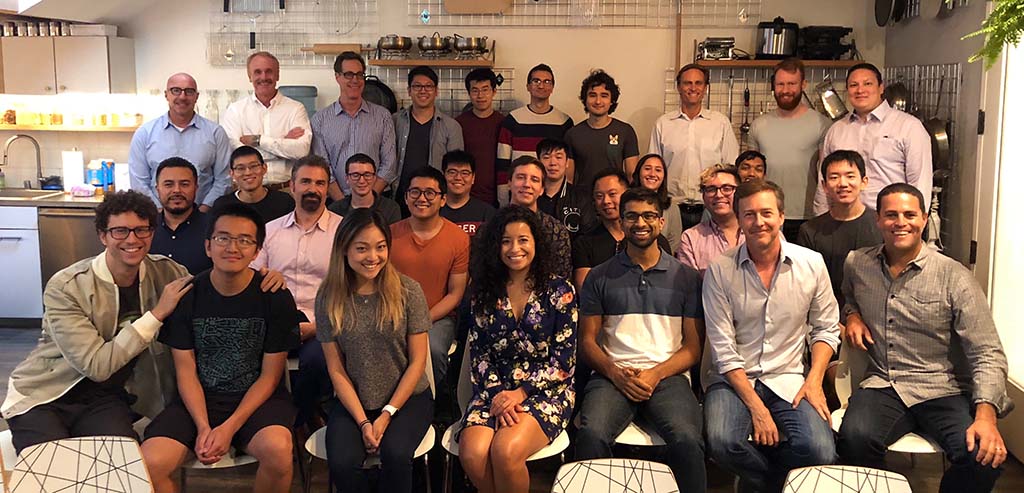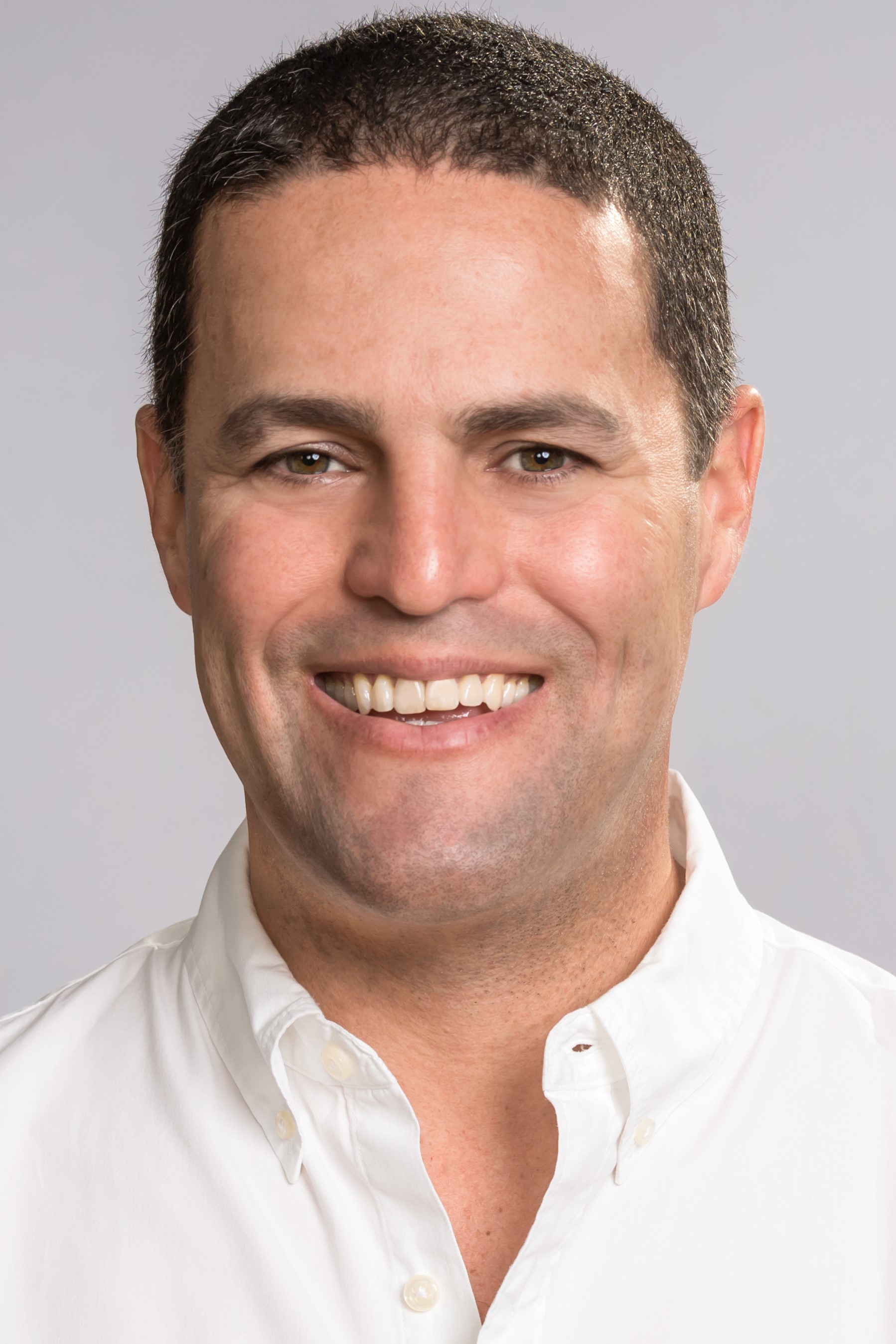EDO Is Building a Business on Predicting Outcomes
Firm started by actor Edward Norton now co-stars with Disney, Amazon, Nielsen

The advertising industry’s focus on outcomes is creating very good results for research and analytics company EDO.
EDO, co-founded by the actor Edward Norton, measures the effectiveness of ads and has developed systems to predict and optimize campaigns. The company also has focused on measuring streaming, the Wild West of the media business.
“We’ve got the right strategy at the right moment,” EDO CEO Kevin Krim told Broadcasting+Cable. “This landscape is changing really fast.”
The Walt Disney Co., the leader in the ad-supported streaming business, named EDO as its provider of campaign outcome analytics. Norton even appeared at Disney’s ad-tech conference earlier this year, declaring: “I’m here for entirely wonky, data service measurement reasons. We’re able to measure real purchase interest. We’re on the next seismic shift in advertising. More great stories are going to get
created as a function of it.”

EDO has other high-profile media connections, too. The company worked with Amazon to measure the effectiveness of ads streamed during Prime Video’s NFL Thursday Night Football and was the first outcome measurement partner named by
Netflix as it looks to build an advertising business.
Even Nielsen has turned to EDO to help clients measure not only how many people are watching shows and advertising, but how much business those ads generate. EDO’s data will be in Nielsen’s software and vice versa, making life easier for their mutual clients.
“Nielsen wants to change how it approaches the ecosystem,” Krim said. “They want to be a more open ecosystem. And for the very first time, they’ve partnered with another measurement company.”
The smarter way to stay on top of broadcasting and cable industry. Sign up below
EDO’s latest big move came in June with the launch of a new Creative Rotation Optimization product it said can improve campaign performance by as much as 20%. Executives from EDO and the University of Phoenix, one of the first advertisers to use Creative Rotation Optimization, will discuss campaign outcomes at the Advanced Advertising Summit during NYC TV Week on Monday, September 11.
Origin Story in Movies
EDO’s beginnings were in trying to predict movie box-office sales, something near and dear to actor Norton’s heart as a profit participant.
“That itself was an interesting little software product,” Krim said. “There are obviously a very limited number of customers for it, but it was a really good proof of concept.”
Even more useful was the capability EDO developed to determine optimal media spending on and creative placement of advertising for films.
“Why we wanted to build EDO as more than simply a movie marketing vehicle is because every creator is inevitably, in one way or another, tied to the results of their creative work,” Krim said. “The higher-order mission that we’ve always had is to improve the effectiveness of this TV ecosystem.”
Simply reaching people and hoping for the best is no longer good enough for advertisers. Instead, EDO took the digital approach, measuring what ads are working in real time in order to better predict and optimize the sales lift from a campaign.

EDO’s Laura Grover and Laura Schmidt of the University of Phoenix will present a case study on their use of EDO’s Creative Rotation Optimization during NYC TV Week’s Advanced Advertising Summit on September 11. For more information or to register, go to nyctvweekevents.com.
“When you get into a dynamic digital environment, where you can collect data in near real time with statistically very robust data sets, you can quickly understand what’s working, what’s not and you can optimize for the outcomes you’re trying to drive,” Krim said.
That kind of knowledge changes not only the way you would buy advertising, but also the way it’s sold.
“You’re not going to want to sell it as sort of a demographic reach guarantee; you’re going to want to sell it as a blend of what’s the optimal audience and what’s the optimal outcome,” Krim said. “And you’re going to want to buy it that way.”
Advertisers and agencies bought in and media companies followed.
After movie studios, EDO pitched automakers. Both categories are big TV spenders.
“Anything that we can present that’s real time and predictive of that outcome, we thought they’d be pretty hungry for it. And we were right,” said Krim, whose background was developing digital advertising products.
“Now we have clients across every vertical on TV,“ he said. “It’s as diverse as travel, consumer packaged goods, quick-service restaurants, cosmetics, apparel.”
EDO has become even more popular with traditional media buyers and sellers as more and more of their inventory is digital and addressable.
“What’s changed a lot over the last few years is our ability to measure streaming,” Krim said. “Streaming has become a huge focus of media outcome measurement.”
Krim said that pricing for streaming advertising is getting more closely tied to the results generated, versus the early days of streaming when prices were often higher than for primetime TV because the inventory was limited and streaming was the way to reach younger cord-cutting viewers.
“Streamers really want to prove the value of their inventory,” Krim said.
EDO measures streaming through what Krim describes as a “patchwork quilt of our own technology” and a bunch of different partnerships. “We’re working with everybody who represents premium streaming inventory, YouTube and other social video providers,” he said.
EDO is often limited in how it can use data obtained from other sources. In many cases, data can be used only for mutual clients and can’t be aggregated for syndicated measurement products or benchmarking.
Engagement is at the heart of EDO’s creative rotation optimization approach. “We take the level of engagement generated every time a piece of creative aired and we divide that by the amount of people who saw it and create an engagement rate,” Krim said.
The engagement rate tells the client which audiences are responding to a particular spot and the networks and programs in which it performs best. The engagement difference between the best-performing creative in a campaign and the worst can range from 5% to 20%, Krim said.
“We’re seeing through the early pilots we’ve done that the creative rotation optimization tool delivers big increases in campaign performance,” he said. “And again, there’s no incremental media dollars. It’s just, ‘Let’s make the most out of every impression every time we’ve got a creative running, let’s run the right one.’ That is exactly the vision.”
Spreading the Data Love
EDO is looking to add more sources of data in order to better measure campaigns’ viewership and effectiveness. Many of those data-source deals will make EDO’s analytics available to more ad buyers and advertisers.
“We want to make sure that we’re getting our data available wherever people are working, so they don’t have to make a choice between outcome measurement for something else,” Krim said.
Effectiveness will become a factor in programmatic decision-making, Krim said.
To effectuate that, EDO is also looking to have its analytics integrated into the major programmatic ad-buying and ad-selling platforms as more ad placements become automated.
“We’re in deep talks with them and they’re not quite ready,” Krim said. “Now our platform is built for that. We’ll be ready for them when they’re ready for us.” Automation is key because people just can’t move quickly enough to keep up with optimizing campaigns in real time. “You have to be faster for that,” Krim said.
Krim said that EDO is not yet profitable, and it continues to invest in its business. EDO received $80 million in funding from Shamrock Capital in 2022. “We’re a very capital-efficient business so we don’t think we’ll need any more capital for a while,” he said.
“We want to keep investing towards this converging TV future where people are going to watch live TV or on-demand TV, from many different types of screens,” Krim said. “The opportunity is that [advertisers] are going to want their campaigns to be optimized sort of automatically on the fly based on outcomes, and that I think is where we get into position.”
Jon has been business editor of Broadcasting+Cable since 2010. He focuses on revenue-generating activities, including advertising and distribution, as well as executive intrigue and merger and acquisition activity. Just about any story is fair game, if a dollar sign can make its way into the article. Before B+C, Jon covered the industry for TVWeek, Cable World, Electronic Media, Advertising Age and The New York Post. A native New Yorker, Jon is hiding in plain sight in the suburbs of Chicago.

